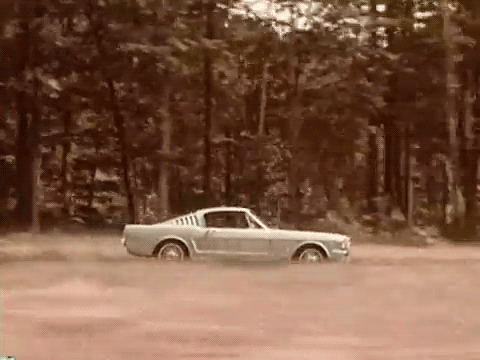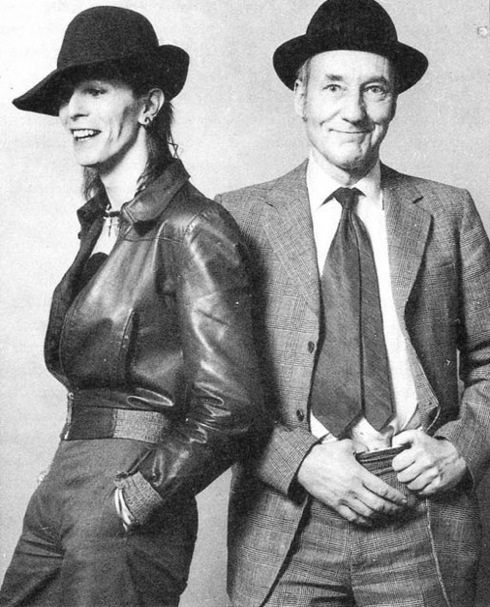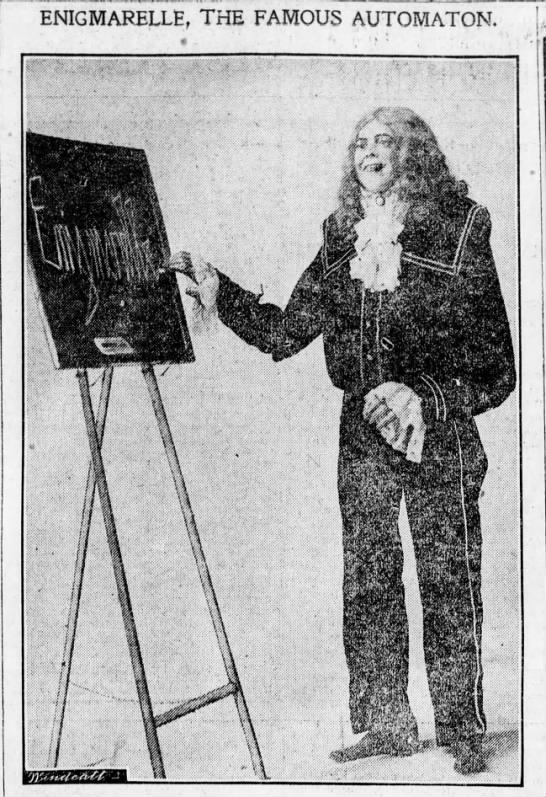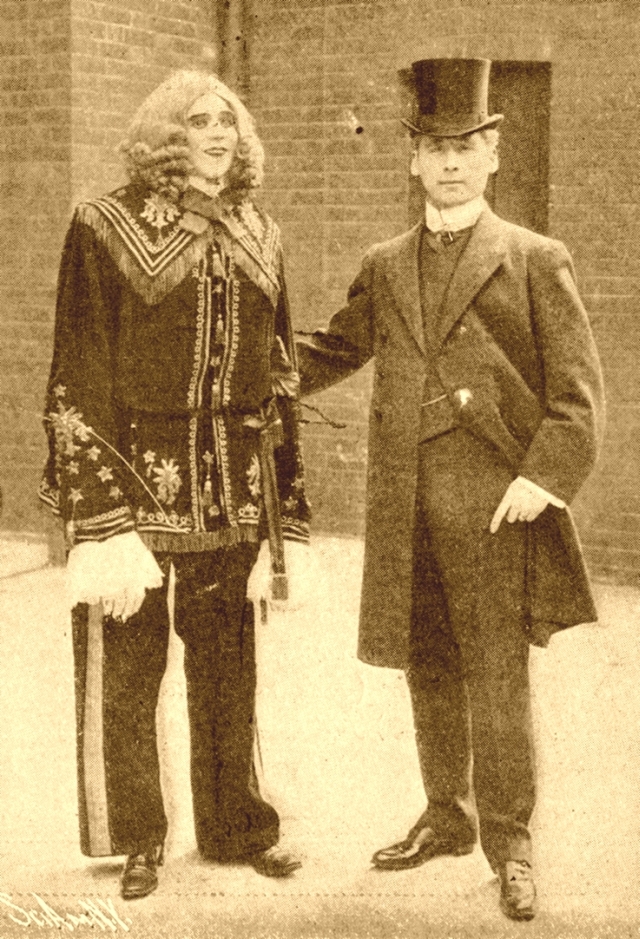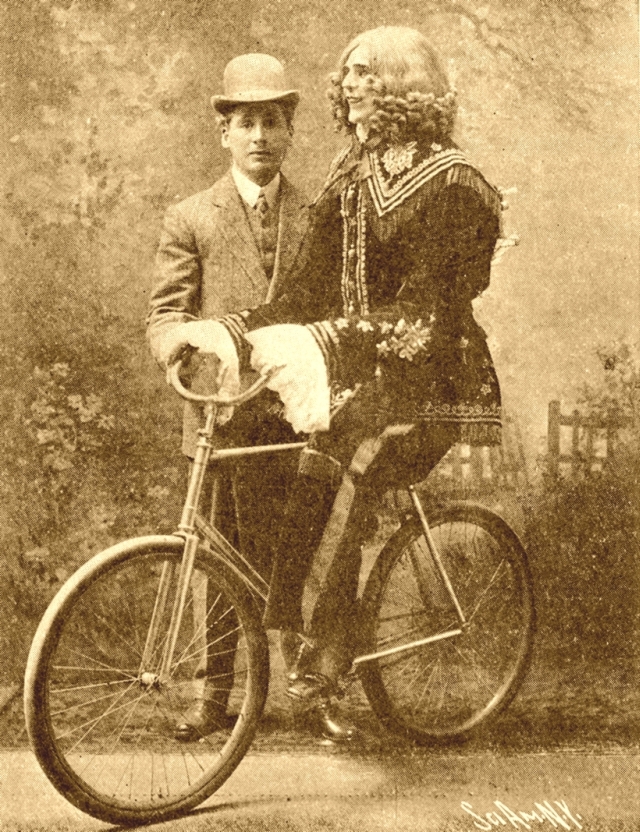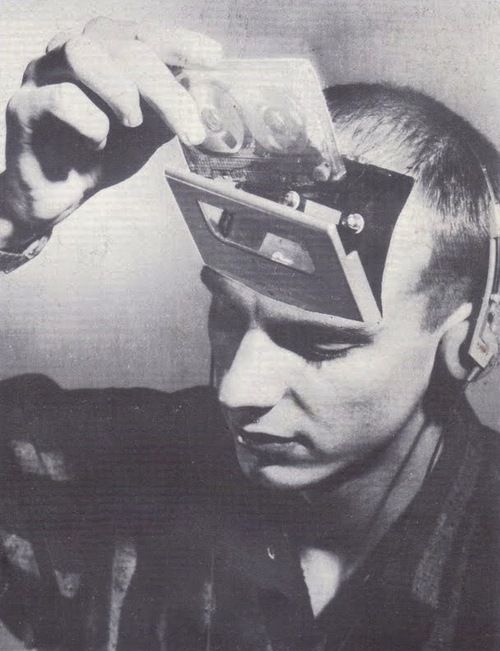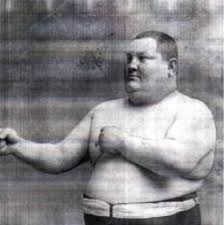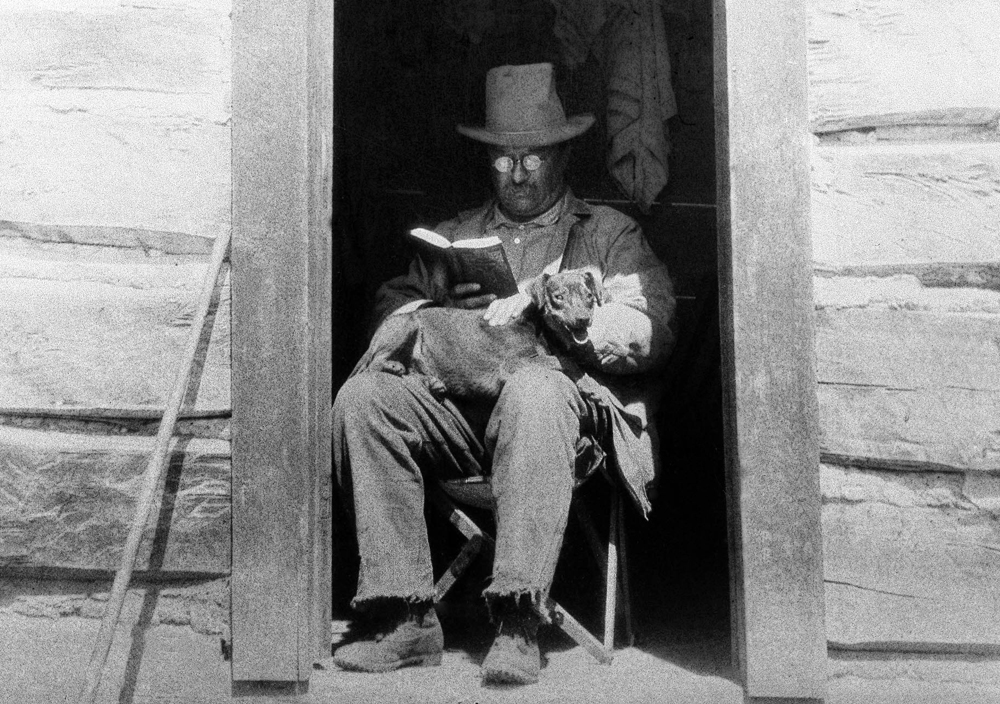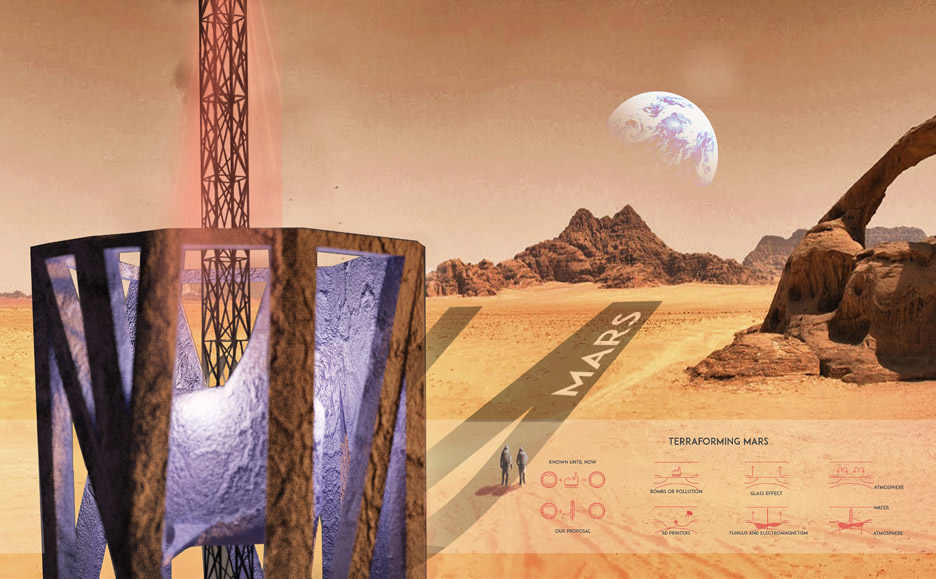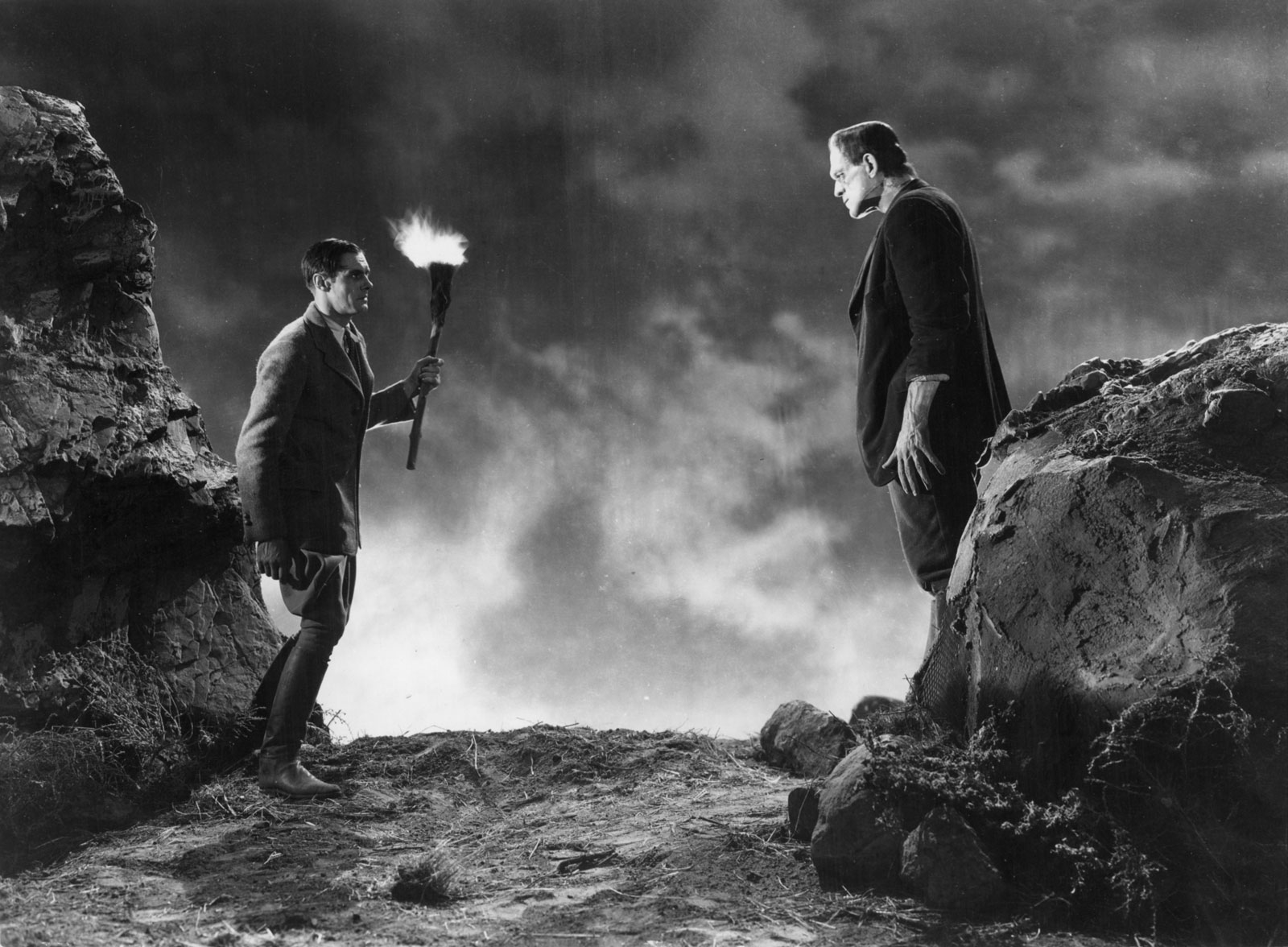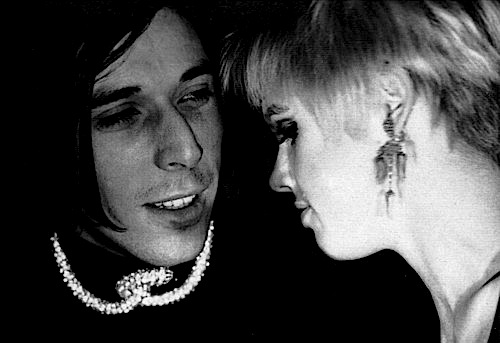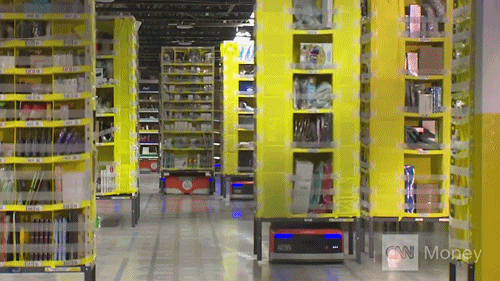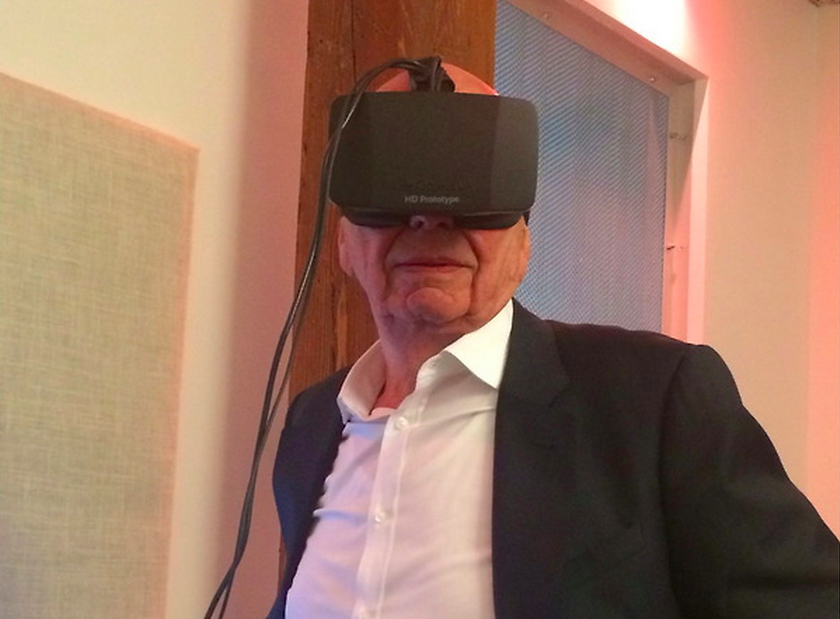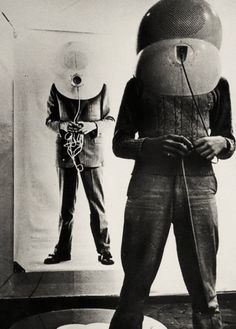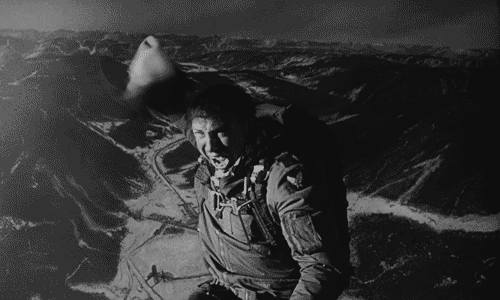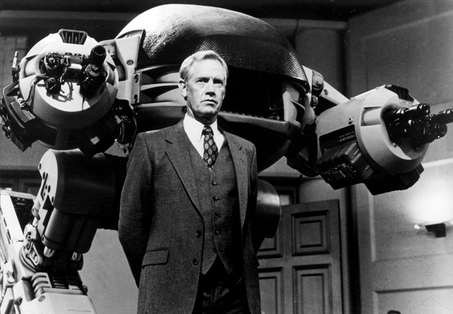The novelist Jennifer Egan began penning occasional features for the New York Times Magazine in the 1990s. Her 1997 piece, “The Thin Red Line,” looked at the self-harming habit of cutting, in which (mostly) adolescent girls slice their skin to relieve pressure. Like drugs or alcohol, it’s a self-destructive coping mechanism, and similar to anorexia or anxiety, it’s a disorder that seems a consequence of us being mismatched to the modern world we’ve created. The article may have been the first time a lot of Americans understood the behavior. The opening:
One Saturday night in January, Jill McArdle went to a party some distance from her home in West Beverly, a fiercely Irish enclave on Chicago’s South Side. She was anxious before setting out; she’d been having a hard time in social situations — parties, especially. At 5 feet 10 inches with long blond hair, green eyes and an underbite that often makes her look as if she’s half-smiling, Jill cuts an imposing figure for 16; she is the sort of girl boys notice instantly and are sometimes afraid of. And the fear is mutual, despite her air of confidence.
Jill’s troubles begin with her own desire to make everyone happy, a guiding principle that yields mixed results in the flirtatious, beer-swilling atmosphere of teen-age parties. ”I feel I have to be all cute and sexy for these boys,” she says. ”And the next morning when I realize what a fool I looked like, it’s the worst feeling ever….’Oh God, what did I do? Was I flirting with that boy? Is his girlfriend in school tomorrow going to give me a hard time? Are they all going to hate me?’ ”
Watching Jill in action, you would never guess she was prone to this sort of self-scrutiny. Winner of her cheerleading squad’s coveted Spirit Award last year, she is part of a Catholic-school crowd consisting mostly of fellow cheerleaders and the male athletes they cheer for, clean-cut kids who congregate in basement rec rooms of spare, working-class houses where hockey sticks hang on the walls and a fish tank sometimes bubbles in one corner. Jill is a popular, even dominating presence at these parties; once she introduced a series of guys to me with the phrase, ”This is my boy,” her arm slung across the shoulders of some shy youth in a baseball cap, usually shorter than she, whose name invariably seemed to be Kevin or Patrick.
But in truth, the pressures of adolescence have wreaked extraordinary havoc in Jill’s life. ”Around my house there’s this park, and there used to be like a hundred kids hanging out up there,” she says, recalling her first year in high school, two years ago. ”And the boys would say stuff to me that was so disgusting … perverted stuff, and I’d just be so embarrassed. But the older girls assumed that I was a slut…. They’d give me dirty looks in school.” Blaming herself for having somehow provoked these reactions, Jill began to feel ashamed and isolated. Her unease spiraled into panic in the spring of that year, when a boy she’d trusted began spreading lies about her. ”He goes and tells all of his friends that I did all this sexual stuff with him, and I was just blown away. It made me feel dirty, like I was absolutely nothing.”
Jill, then 14, found herself moved to do something she had never done before. ”I was in the bathroom going completely crazy, just bawling my eyes out, and I think my mom was wallpapering — there was a wallpaper cutter there. I had so much anxiety, I couldn’t concentrate on anything until I somehow let that out, and not being able to let it out in words, I took the razor and started cutting my leg and I got excited about seeing my blood. It felt good to see the blood coming out, like that was my other pain leaving, too. It felt right and it felt good for me to let it out that way.”
Jill had made a galvanizing discovery: cutting herself could temporarily ease her emotional distress. It became a habit.•


